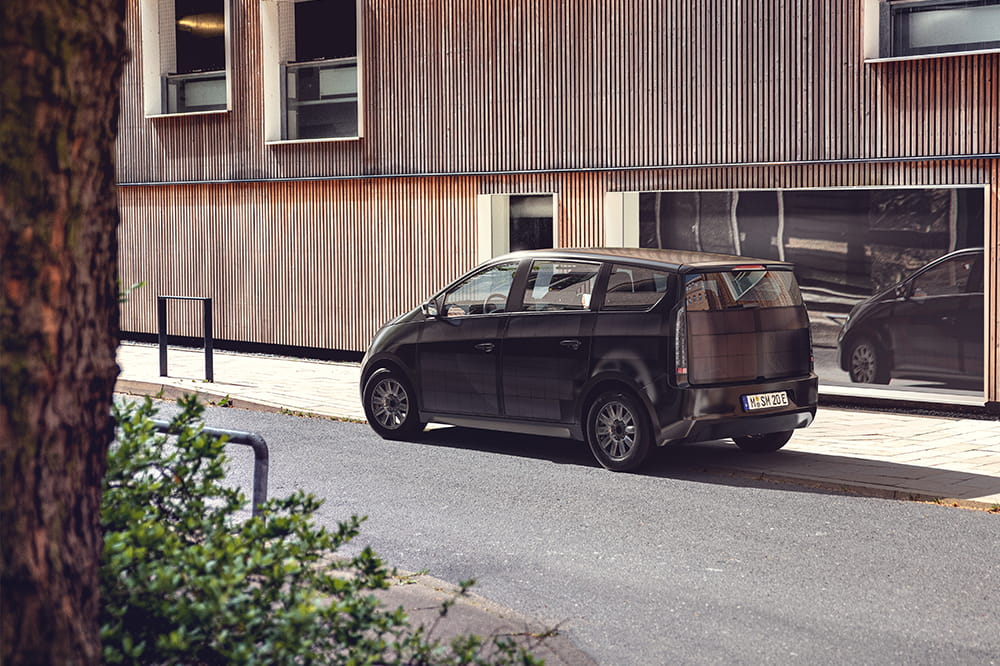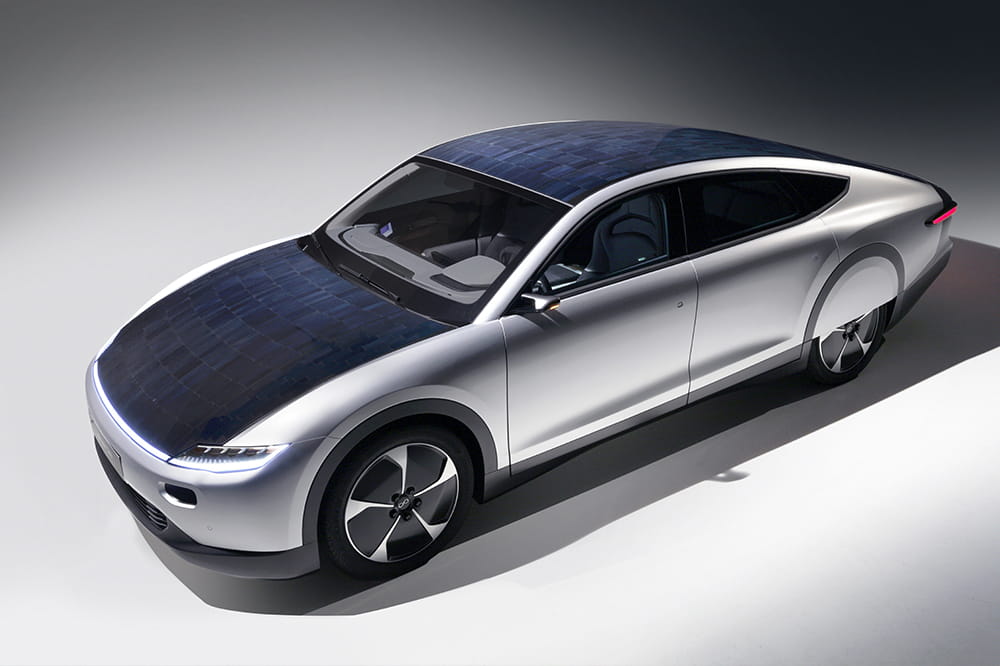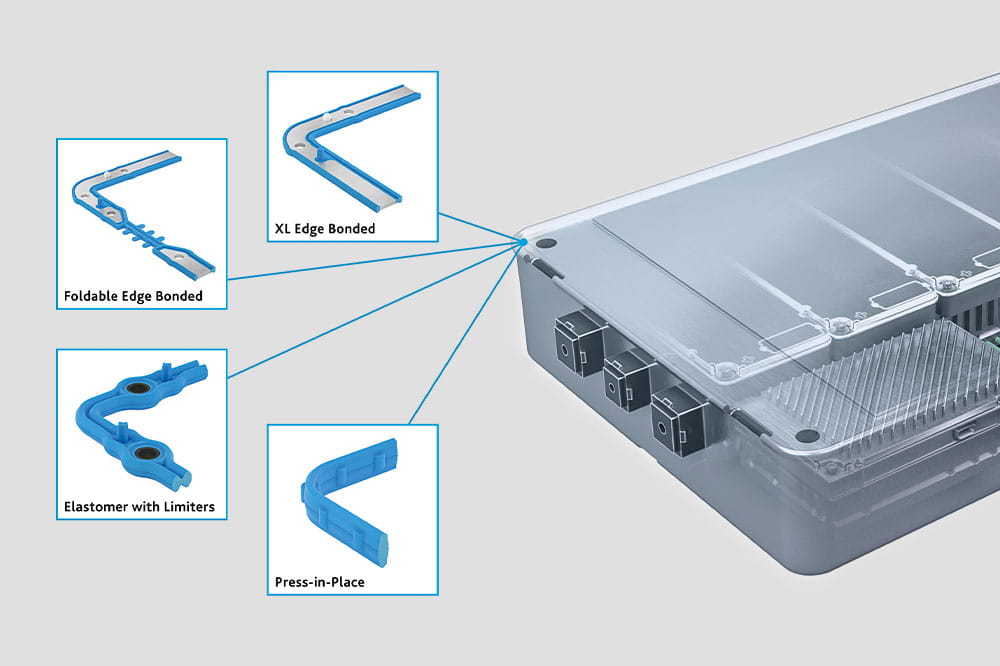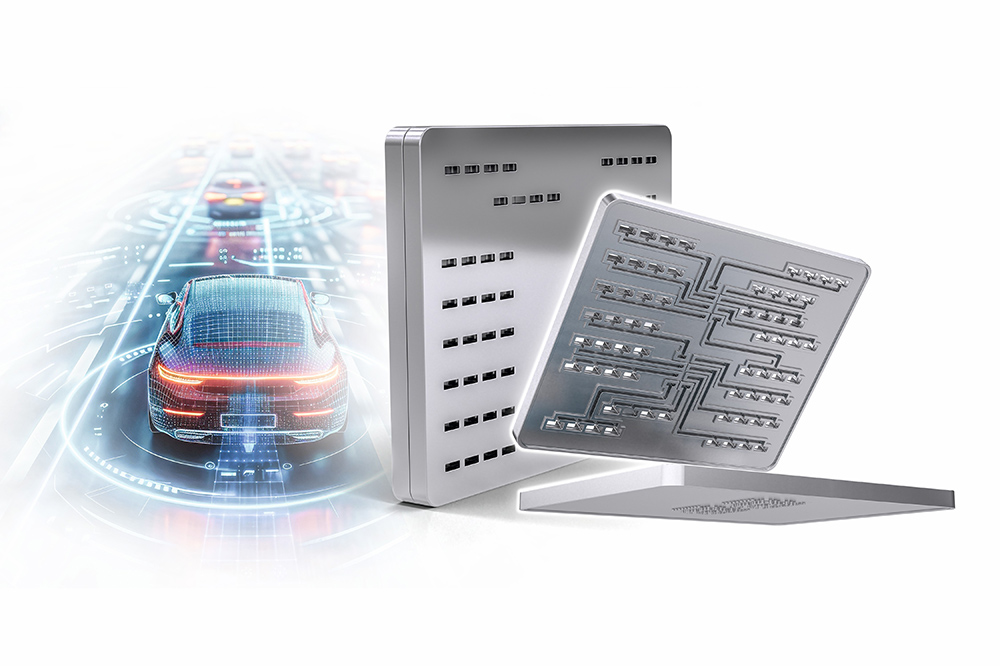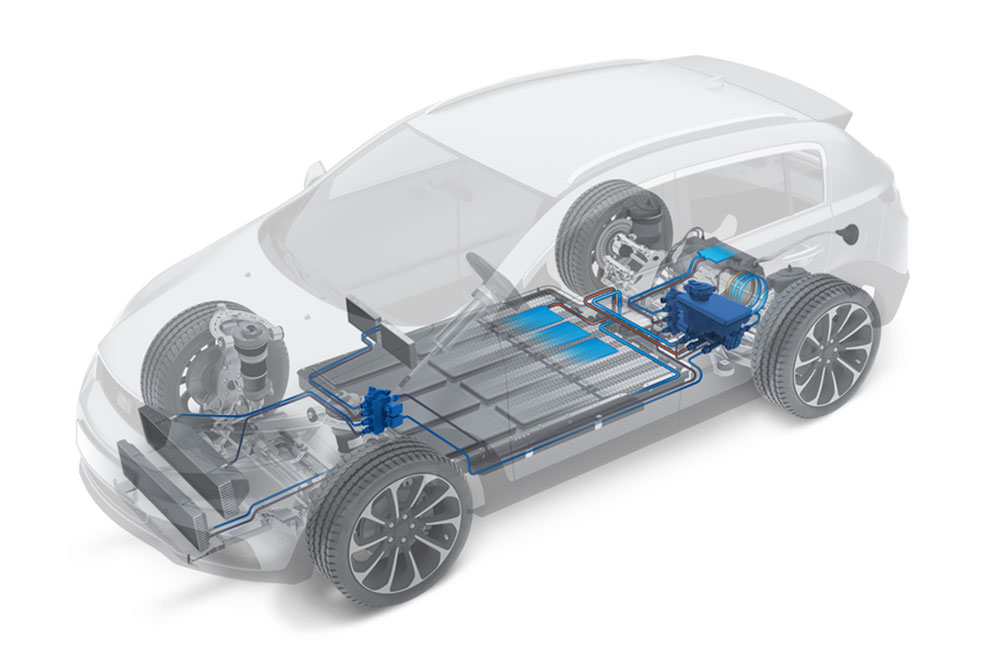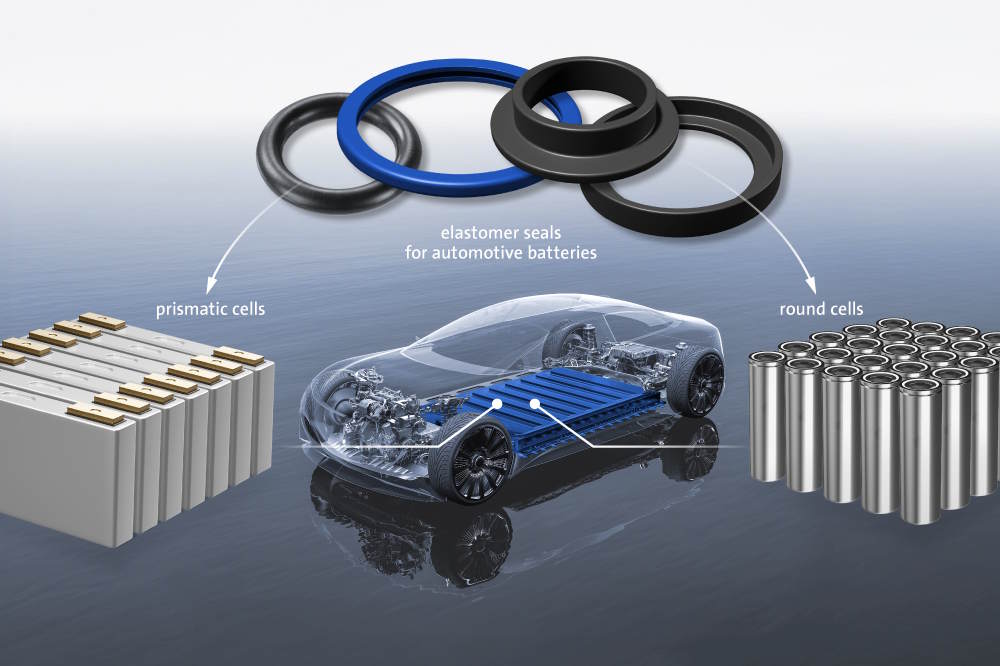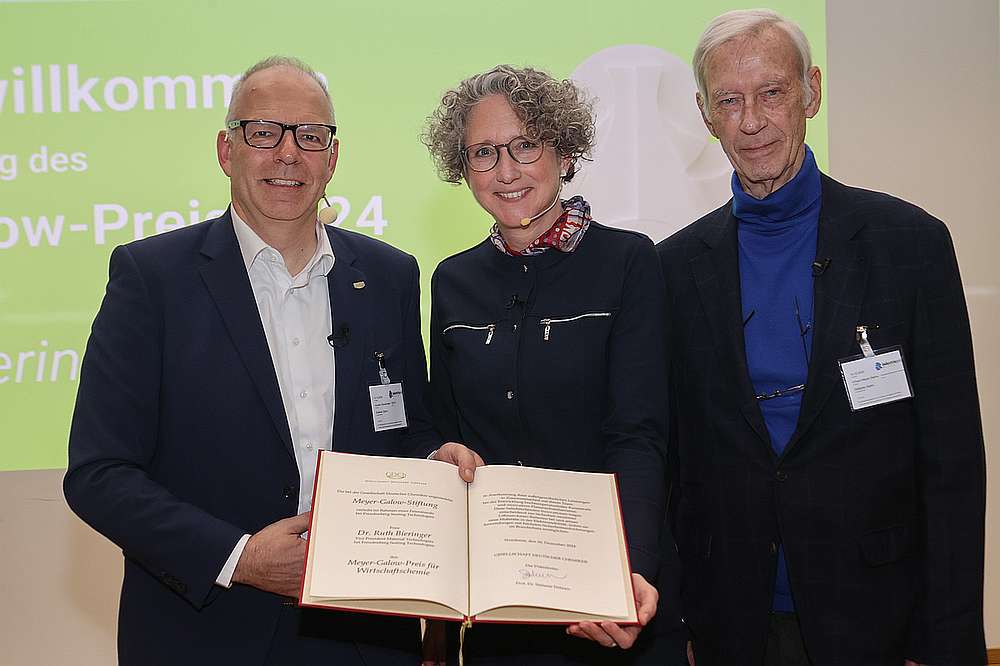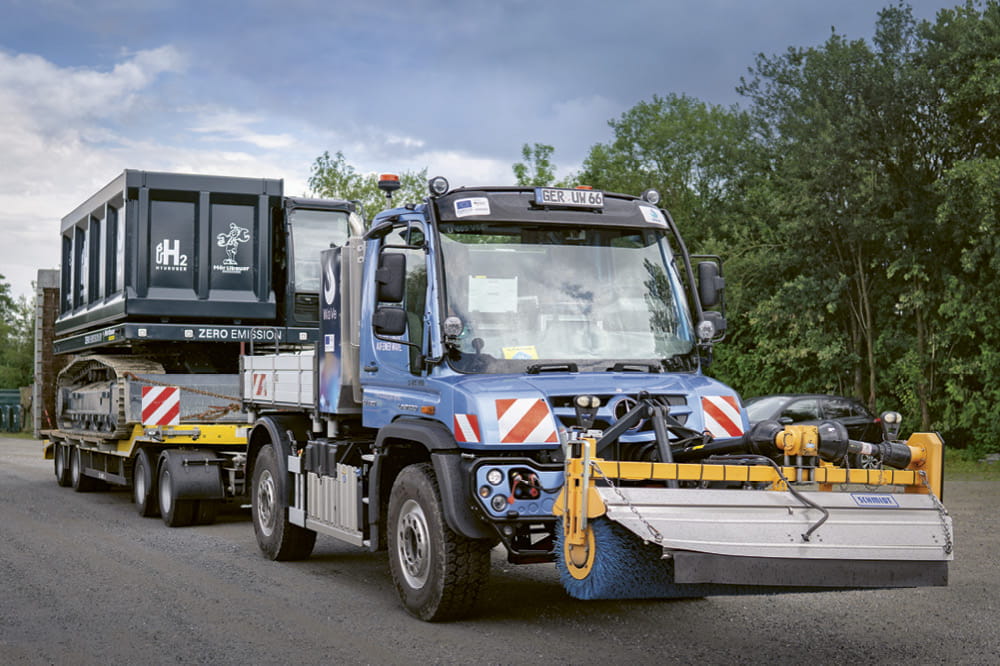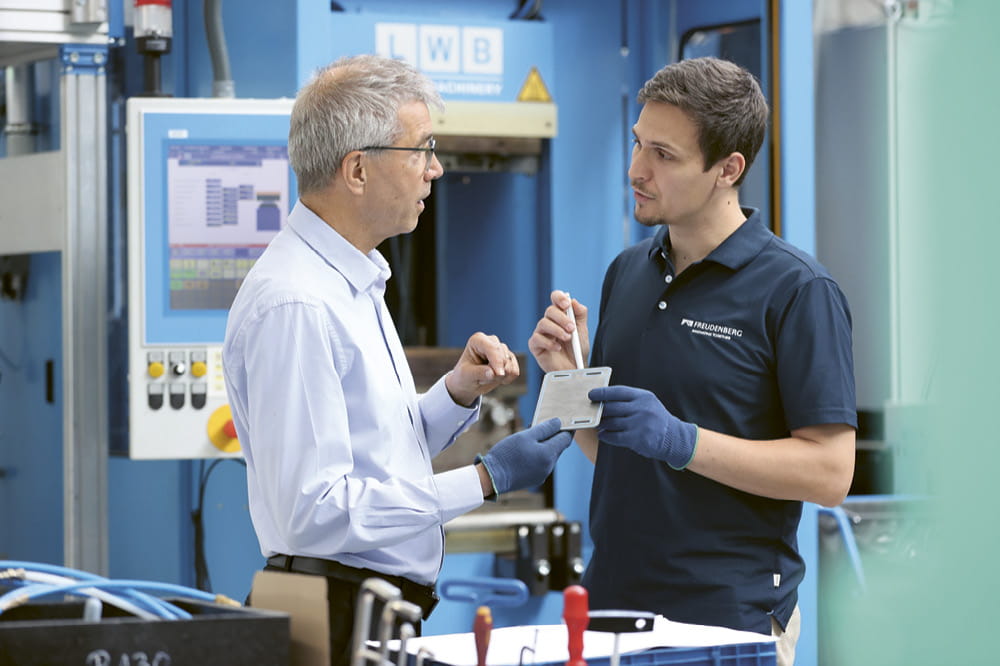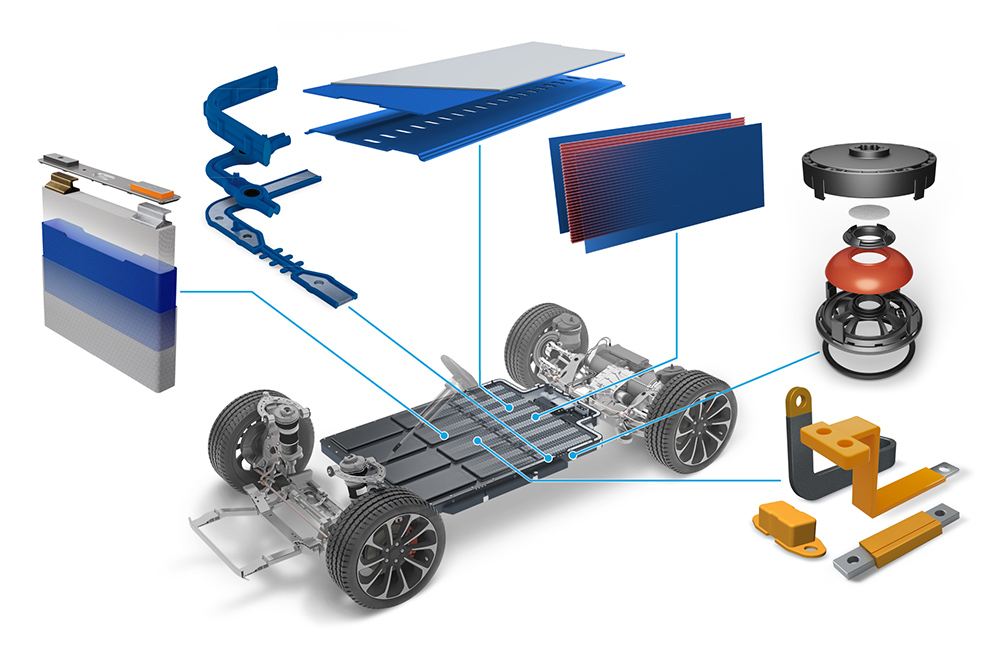Obtain news and background information about sealing technology, get in touch with innovative products – subscribe to the free e-mail newsletter.
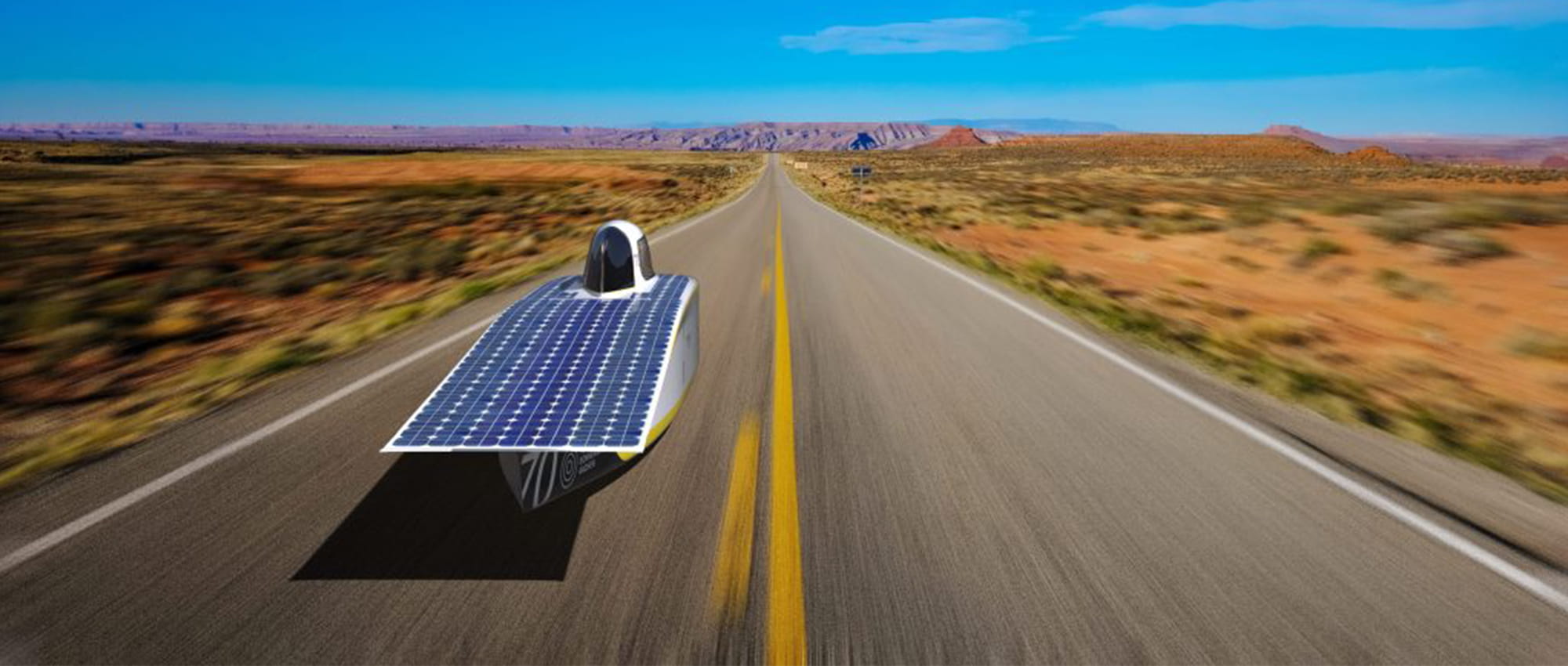
28.07.2020 | Story
Here Comes the Sun
Solar power has now become part of the energy mix. But for the most part, it has not yet been an important factor when it comes to alternative drives. That could soon change.
In the fall of 2005, a bit of news from Australia was attracting attention. In the eighth edition of the World Solar Challenge, the winning car had just broken a kind of sound barrier. It was a futuristic vehicle from the Netherlands and it had just crossed the continent at more than 100 kilometers per hour. Sunlight was its only fuel. It went more than 53 percent faster than the winning car at the first event in 1987. The race proved that there is plenty of power in sunlight, and, even more importantly, that tinkerers and engineers had figured out how to get more out of the racers – out of their solar cells, materials, aerodynamics, batteries and motors.
Series production within reach in 2021
Limited Roadworthiness
If you watch the solar-powered vehicles in the contest, you will likely doubt whether the technology offers a marketable alternative drive. You have to make a number of compromises to make these vehicles move. First, you have to use very light materials. And a futuristic, streamlined shape is the key to giving air resistance as small a target as possible. If you consider that there is often only room for one driver in these advanced vehicles, you quickly realize what they actually are: research objects. With a total weight of about 300 kilograms (about 660 pounds), they raise serious safety questions as well. It’s no surprise that solar cars have never been particularly roadworthy.
Packed with Solar Cells
Yet some automakers still believe in solar energy, though they see it as a supporting technology rather than the sole source of propulsion. The Munich startup Sono Motors showed what a viable concept might look like. A total of 248 solar cells are spread out across the entire body of its Sion prototype. They are well-protected under a transparent polycarbonate layer and cover a surface area of 7.5 square meters (9 square yards). An integrated system ensures that every cell provides the highest possible output based on the position of the sun.
This should enable the Sion to cover up to 34 kilometers (22 miles) a day exclusively on solar energy… naturally assuming that the sun is out and the car hasn’t been parked in the shade. The electric car achieves its total range of about 255 kilometers (158 miles) conventionally if charged at an outlet. This approach to an everyday vehicle is persuasive. Early in the year, the company’s founders raised 53 million euros through crowdfunding, which brings a series production launch within reach in 2021. The company foresees speeds of up to 140 kilometers an hour. The model’s price is expected to be in the 25,000-euro range.
Meeting High-End Standards
A Dutch manufacturer also has the goal of increasing the range of an electric car with the help of solar energy. Unlike Sono Motors, Lightyear has positioned itself in the premium segment. It wants to start selling its carbon and aluminum sedan, the Lightyear One, in 2021. Since the sport sedan is expected to cost more than 100,000 euros, it will likely appeal to a narrow segment of buyers. As with the Sion, solar cells cover large portions of the body, specifically the roof and the hood in Lightyear’s case. For every hour that the Lightyear One is exposed to sunlight, its range increases by 12 kilometers (7.5 miles). The battery-powered vehicle aims for an impressive range of 725 kilometers (450 miles) entirely without the additional boost. The Dutch firm wants to do even more and is setting its sights on solar-supported electric vans and buses.
Closing the circle
Unlike the Sion, which was conceived as a minivan, the Lightyear One seems far less conventional visually. With its streamlined form, its back-end pulled to the rear and its covered rear wheels, the car basically resembles the racers competing in the World Solar Challenge. And the impression is not mistaken. Former students and staff at the Eindhoven University of Technology are the people behind the company’s movers and shakers. They have already participated in the Challenge several times with vehicles in the cruiser class – and they have been winners. The cruiser class allows electric charging from an outlet and includes vehicles that can hold several passengers. This shows that the research into solar racers for the World Solar Challenge apparently can be applied to the car market even when the vehicle isn’t a straight solar car.
More news on the subject E-Mobility

Join Us!
Experience Freudenberg Sealing Technologies, its products and service offerings in text and videos, network with colleagues and stakeholders, and make valuable business contacts.
Connect on LinkedIn! open_in_new